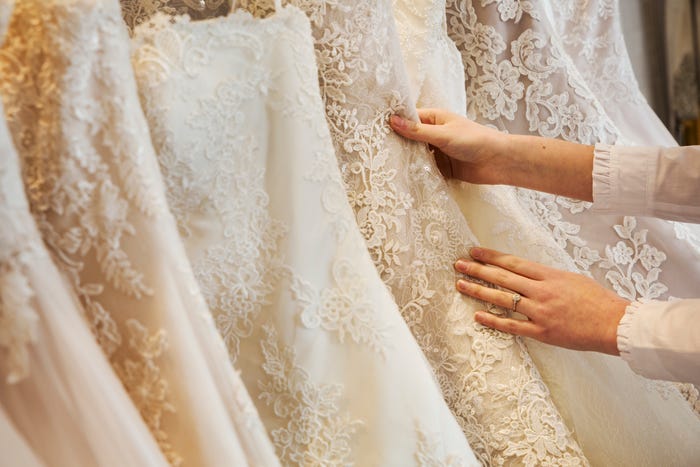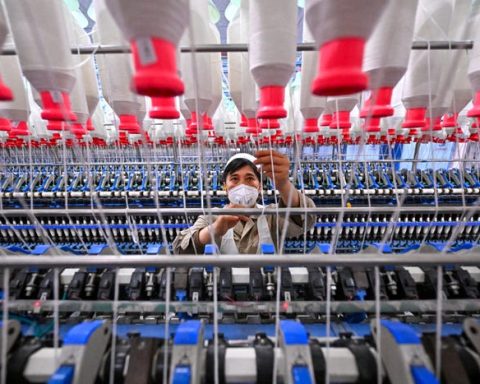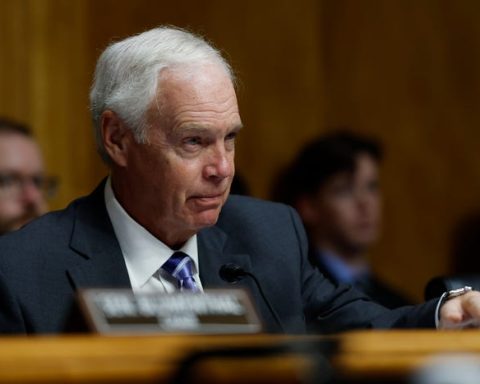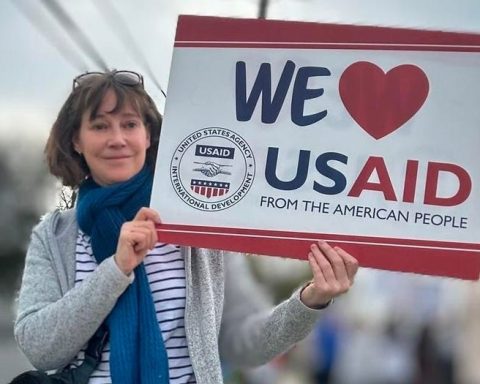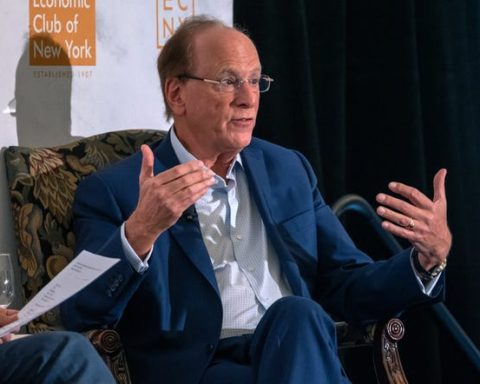Trump’s Trade War with China Could Send Wedding Dress Prices Soaring
Planning a wedding is already filled with stress, and now, thanks to President Donald Trump’s trade war, it may become even costlier to say “I do.” The Trump administration has imposed a staggering 145% tariff on numerous imports from China, where the majority of wedding dresses are made. As a result, the average wedding dress, which typically retails for around $2,000 according to The Knot, a wedding planning platform, could see its price more than double if retailers choose to pass these increased costs onto consumers.
Industry Disruption
Bridal retailers have expressed significant concern about the impact of these tariffs on their business. The National Bridal Retailers Association (NBRA), representing over 6,000 independent bridal stores across the United States, highlights that approximately 90% of bridal gowns are sourced from China. Angie Oven, a bridal shop owner and president of the NBRA, conveyed a sense of despair within the industry following a meeting with fellow retailers: “There’s a little bit of PTSD right now because a lot of us really just recovered from COVID.”
Oven, who manages The Bridal Gallery in Salem, Oregon, mentioned that shops are actively collaborating with manufacturers to identify solutions. The NBRA is also lobbying legislators to include bridal gowns in a tariff exemption list. According to Sandra Gonzalez, vice president of the NBRA and owner of Sparkle Bridal Couture in Sacramento, “Our No. 1 goal is to be removed from the tariff list.”
The Challenge of Quality
Despite the common perception of China as a source of inexpensive goods, bridal shop owners emphasize the high quality of Chinese-made dresses, noting exceptional craftsmanship in components such as lace, boning, and handsewn embellishments. Gonzalez highlighted, “We do not have the infrastructure to produce the quality of goods that brides are demanding of us.” She further noted that developing the necessary factories and training a workforce could take a generation.
Price Increases on the Horizon
Alicia Adams, who owns Her’s Bridal & Special Occasion in Minden, Louisiana, reported that gown prices are already seeing upward trends. Some manufacturers have announced wholesale price hikes of up to 30%, while others are attempting to absorb costs for now. “With tariffs exceeding 100%, manufacturers can no longer absorb those expenses,” she said. “They’re passing the costs to us, which means we have to pass them to our brides.”
Adams mentioned that while some bridal shops may try to absorb part of the costs, it may be unfeasible under current tariff rates. Many gowns are made-to-order, leading to a potential situation where brides who pre-ordered dresses could face surprise tariffs upon delivery.
Direct Impact on Consumers
Vanessa Gerstner, whose wedding is set for September in Italy, expressed concern about unexpected costs associated with her dress that she ordered from Australia, which faces a 10% tariff on imports. “I’m hoping I won’t incur another hefty charge on top of what I’ve already paid,” she shared. “Since it’s being shipped directly to me, I might have to bear the additional cost.”
Bridal consultant Alina Garza reported in a TikTok video that designers are notifying her about upcoming price increases, some reaching up to 20%. She commented on one bride’s plan to circumvent the tariffs by having her dress shipped to Mexico instead of directly to the U.S.
Production Shifts
While Trump has indicated that the tariffs aim to promote U.S. manufacturing, bridal companies are considering shifting production beyond China, often looking to other countries rather than the U.S. Kelly Cook, CEO of David’s Bridal, mentioned that the company has reduced its reliance on Chinese production from 50% to 30% and is seeking alternative manufacturing locations to mitigate tariff impacts.
David’s Bridal has yet to raise prices, with Cook stating, “We want to do everything in our power not to pass anything on to the customer.” Smaller bridal retailers are also striving to minimize cost increases for brides, but the ongoing high tariffs present challenges. Fortunately, many shops currently have an ample supply of gowns in stock that brides can purchase without facing additional tariffs.
Looking Ahead
Adams remains uncertain about the long-term ramifications of the tariffs, urging against fearmongering among brides. “We don’t want to cause panic and then find that everything returns to normal in a month,” she remarked. Nonetheless, she voices concern that rising prices could deter brides from supporting local bridal shops, crucial to the fabric of their communities. “We hope people in Washington will give a little,” she concluded. “They don’t want people to avoid marriage and celebrating significant life moments.”
